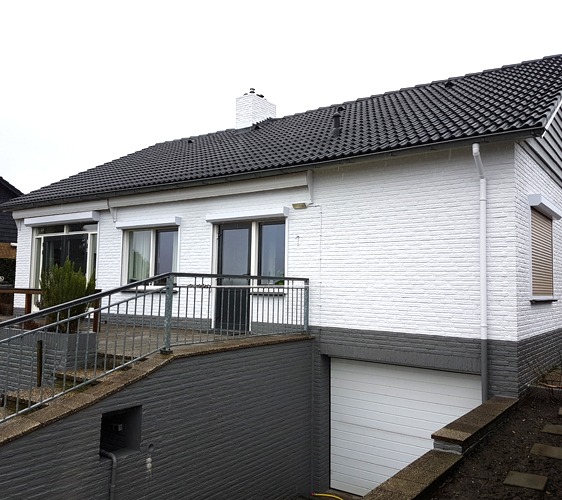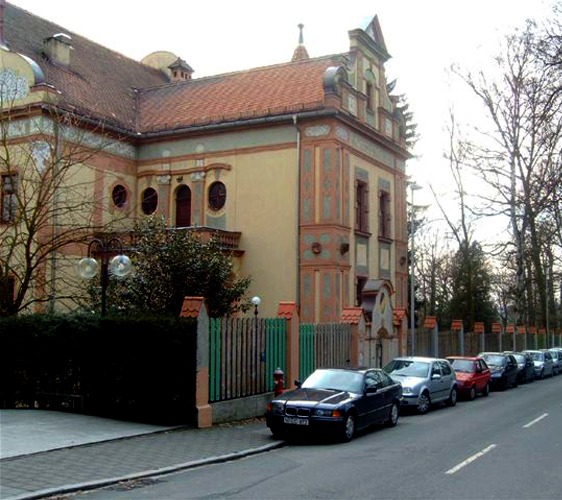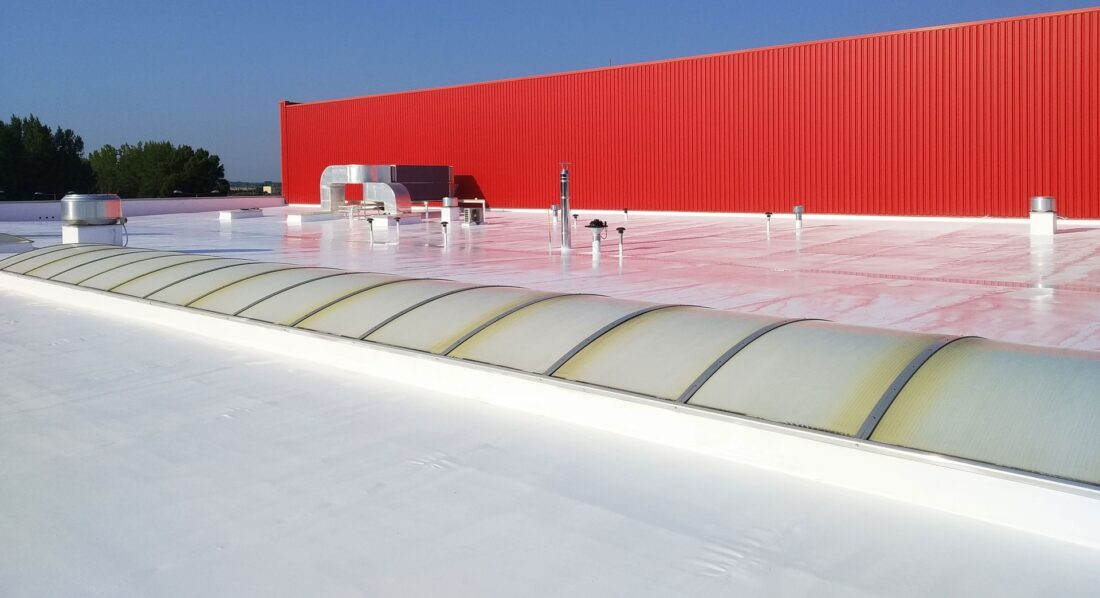Residential house in Beringe (NL)
At the address Hoogstraat 47 in Beringe (L), the homeowner and master painter Thijs Martens coated the roof tiles in black and the façade in white in 2016. Consumption values for heating energy are not yet available, but there are initial experiences: “The uninsulated attic is no longer so very cold in winter” and “Our heating only needs 30 minutes to go from 17°C to 20°C when we arrive home. Before ClimateCoating® it took 1.5 hours”. The exterior walls are a double-shell construction with air gap and so-called half bricks as clinker shell. The significantly shorter heating times and slower cooling down have an energy-saving effect.




